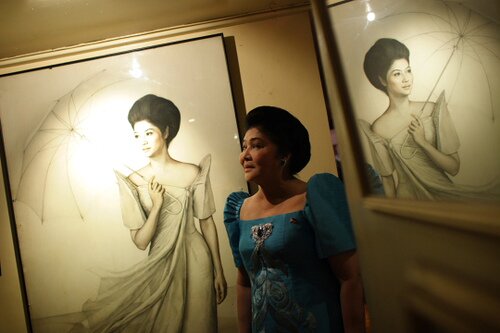FEATURES
BUSINESS
VOICES
PATTERNS
LIVES
FOCUS: CHINA
FOCUS: INDIA
CHEAT SHEETS
100 DAYS
WRITER'S BLOG
Most Read Stories
Running Ranbaxy
Malvinder Mohan Singh, CEO of Ranbaxy, aims to make the company the world's fifth-largest generic drug maker by 2012.
For the moment, the most famous Sikh in the world is Manmohan Singh, prime minister of India. Soon it could be Malvinder Mohan Singh, CEO of Ranbaxy, India’s largest pharmaceuticals company.
At 35, Malvinder is young for the top job. There had been many sceptics when he was appointed CEO in January 2006, not least because his family, a major player in India’s healthcare industry, is the controlling shareholder of Ranbaxy.
But Malvinder, who has an MBA from the Fuqua School of Business, Duke University, has shown he can deliver. Under his watch, Ranbaxy saw its revenue rise 17% to US$1.34 billion last year, while profit soared 97% to US$115 million. The performance was achieved by a combination of acquisitions, a strong push out of India and greater demand for drugs. Unlike most Indian companies, Ranbaxy draws most of its income and profit from outside of India, 80% by last count. Malvinder has set an open target to elevate his company, currently the 10th-largest generic drug maker in the world, to fifth position by 2012, at which point revenue should hit US$5 billion.
It is a highly ambitious target. But Malvinder is confident he can triple revenue in five years by further acquisitions, and by serving the growing needs of Asian countries for drugs to counter avian flu and other epidemics.
Last year Ranbaxy made eight acquisitions in places as diverse as South Africa, the US, India and Europe. One of the purchases was Terapia, Romania’s largest independent generic drug maker, which it bought for US$324 million. Another was the generic drug business of GlaxoSmithKline in Spain and Italy. And Malvinder is now looking at his biggest-ever purchase — the generic drug business of Merck, which could cost US$3 billion or more. Auction for the business starts in February and fierce bidding — a number of parties including Iceland's Actavis have expressed strong interest — could drive the price even higher.
His fondness for acquisitions has turned Malvinder into a thin-ice skater, a business term for someone who is highly indebted and has to keep moving fast, or risk falling through the ice.
Malvinder is able to buy all the companies, and continue to buy more, because he has the support of the finance community, particular hedge funds looking for fast returns. For the Merck purchase, for example, all Malvinder did was to express his interest and announce he was looking for partners, and soon, or so he claims, many funds were knocking on his door offering their money for a slice of the action.
Nothing comes without a price. While it is great for Malvinder to be able to use other people’s money for his purchases, he has to keep delivering, and at ever higher profits, to keep his backers happy. The moment he falters, they are likely to take their money and run, or pull the rug from under him to recover their investments.
But Malvinder has a trump card up his well-pressed sleeve. Ranbaxy is a master of making generic drugs licensed from Western big pharmas and made for local consumption. During the SARS (severe acute respiratory syndrome) scare in 2003, Ranbaxy quickly came up with drugs for the disease. It is also producing the AIDS drugs for the American market, and will make oseltamivir phosphate capsules (the generic version of Tamiflu) used for treating bird flu, if asked by the US government or the innovator, Roche, to do so. As the world is plagued by more and more epidemics, there will be greater and greater demand for Ranbaxy’s services, and more money to fuel Malvinder’s buying spree. From this perspective, Malvinder seems well on his way to achieving his US$5-billion target.
 Lee Han Shih is the founder, publisher and editor of asia! Magazine.
Lee Han Shih is the founder, publisher and editor of asia! Magazine.
recommended reading









_0.JPG)

Comments
Post new comment